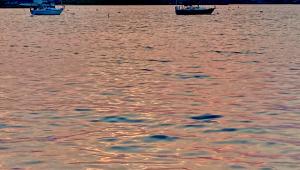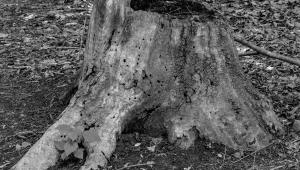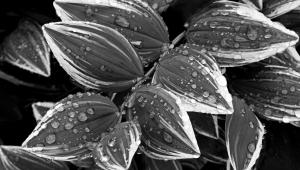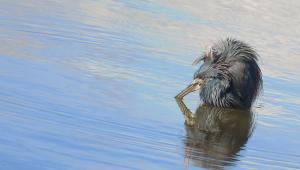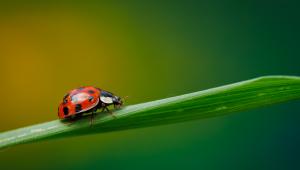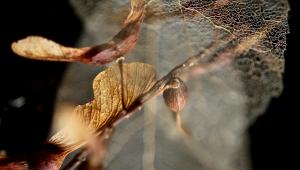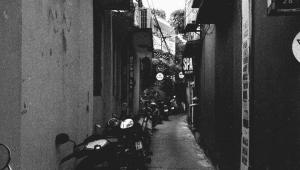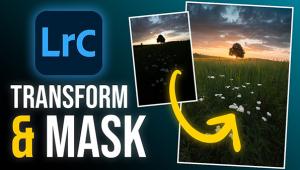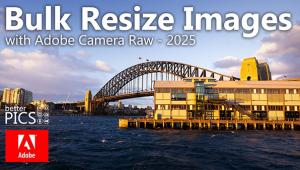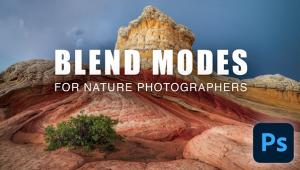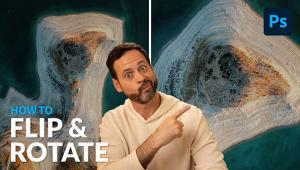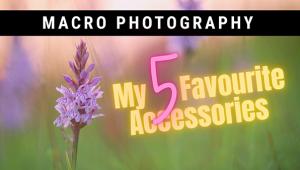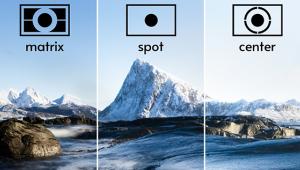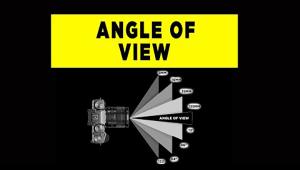dr5 Labs
Renewing The Black And White Lease
All Photos © 2004, George Schaub, All Rights Reserved
I grew up with black and white. Color, for me, was a distraction, a pretty thing that was fine for stock and the family album, but the color of the photographic blood that ran through my veins was monochrome. I spent many a year in the darkroom, honing my black and white skills, and even paid the rent for a good many years as a custom printer. But then digital desktop printing came along...and the rest is history. True, I still used my black and white negatives, and even color slides for source images for scanning and desktop printing. But in truth it had been more years than I care to admit since I've loaded a roll onto a Nikkor reel. My one dalliance was with Afga Scala film, a black and white positive film process that yielded great source images for scanning, but that's been hard to find recently, and processing services are becoming slimmer. So I had all but given up on shooting black and white; that is, until I ran into a lab in Los Angeles that promised to deliver black and white positives from all manner of black and white negative film.
 |
|
|
That lab is dr5. The owner, David Wood, has developed a mix and processing
run to convert not just Scala but just about every black and white film emulsion
to a positive. Wood is certainly into it, and a look at his website (www.dr5.com)
will reveal how much he tests and works with all manner of black and white film.
He has adapted nearly every black and white film available today to his process,
with each having a distinct personality, much like color slide film but with
either neutral or warm tone effects. He calls the results "monotone chromes"
and claims that the images produced have more tonal range than "anything
that currently produces an image." Wood says, "These archival, very
high-end black and white images are four to five times better than their negative
counterparts."
Wood processes with adapted dip and dunk machines, which we always make sure
any film we have a hand in goes through as there's much less risk of scratching
than with roller transport processors. There are usually two types of results
available--neutral and sepia. He will do clip tests if required and can
handle 35mm through 8x10 sheet film and he can push and pull film if desired.
In fact, you should check his website for suggested speeds of your favorite
film, and see what films he recommends to get the best results.
Here are some sample comments gleaned from his tests that will give you some
idea of why choosing a particular emulsion is so important. These comments refer
to the films run through the dr5 process.
 |
|
|
Ilford FP4: "This film produces a very sharp image.
Some might prefer this film to Agfa Scala or TXP with its portrait #2 grade
qualities...Shoot FP4 at ISO 100 and ISO 80 for a flatter look. Can be shot
at higher ISOs for slight increases in contrast."
Ilford Delta 400: "A flatter looking, smooth film...Great
for shadowed or low-key image...Shoot new Delta 400 at ISO 200, ISO 320
max."
Ilford SFX: "While you can shoot with a 25-R filter it
doesn't have the look or feel of true infrared...Other than that it
has beautiful qualities...almost a metallic image characteristic. Shoot
at ISO 200 or 250."
Kodak Tri-X (new): "The new TX holds contrast and tonal
range throughout the speed range...with greater clarity and sharpness. It's
just plain better (than the older version). The ISO range is ISO 100, 125, 200,
320, 400, 500, 800, and 1000."
Kodak T-Max 400: "No exposure latitude. It looks great at EI 100-250."
